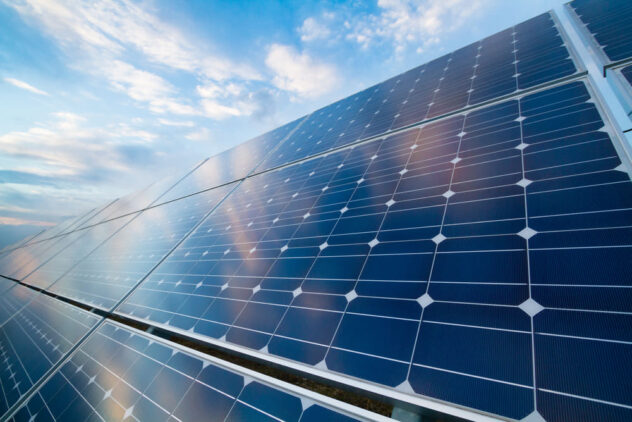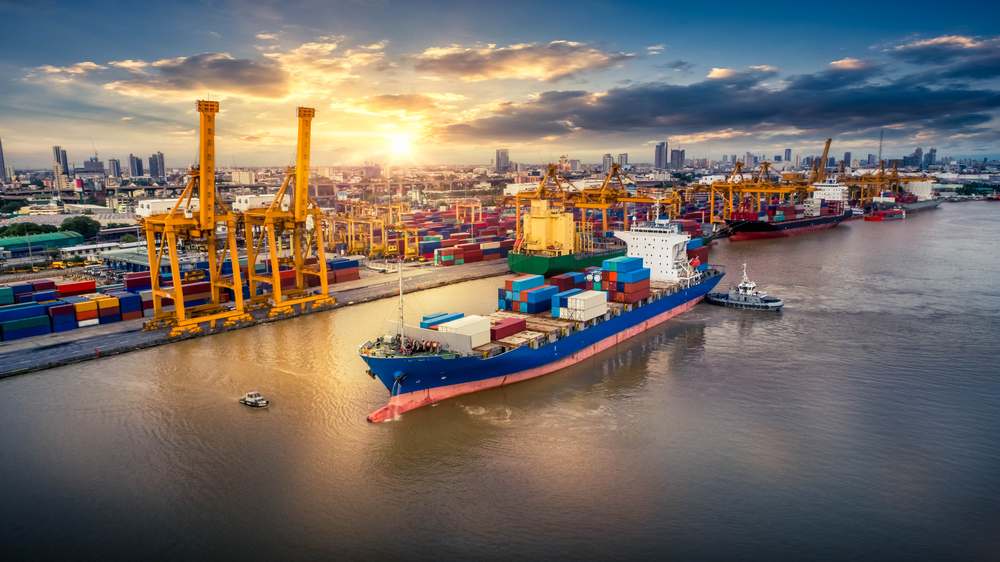4 Things To Expect During the Solar Panel Installation Process
In a world that increasingly leans towards cleaner and more sustainable energy sources, solar power has unmistakably emerged as a frontrunner in our quest to reduce our dependence on fossil fuels. With more PR and marketing going into promoting the benefits of solar panels and solar power, it is more important and ever to truly understand the processes involved. If you’re contemplating the installation of solar panels on your property, it is paramount to gain a thorough understanding of the solar panel installation process.

1. Initial Consultation
The journey towards solar power typically commences with an initial consultation. During this stage, you’ll be working closely with a solar installer or a representative from a solar company. The primary purpose here is to evaluate the feasibility of solar power installation to your unique property. This involves several key components:
- Site Assessment: Your chosen installer will meticulously scrutinise your property’s location, its orientation, the presence of shading elements, and the available roof space. All these factors are crucial in determining the most suitable placement for your solar panels. Additionally, they will inspect the condition of your roof to ensure it can bear the weight of the solar system.
- Energy Needs Analysis: An in-depth examination of your historical energy consumption patterns will guide the design of a solar system that caters to your present and future energy requirements. This analytical approach is pivotal in determining the size and capacity of the solar array.
- Financial Evaluation: You will engage in discussions regarding the financial aspects of the installation, encompassing costs, incentives, tax credits, and the prospective return on your investment. This is also the juncture at which you can explore various financing options, should the need arise.
2. Design and Permitting
After you’ve made the decision to proceed with the installation, the next phase is the design of the solar system and the associated permitting. Whether you are installing solar panels on a commercial property, on your home and even if you are thinking about solar panels for landlords and rental properties, you will need to consider things like the design and installation of the panels.
This phase encompasses the following:
- System Design: Your chosen installer will craft a comprehensive blueprint for your solar panel system. This blueprint will specify the type and quantity of solar panels, inverters, wiring, and any supplementary accessories. The design will aim to optimise energy generation while ensuring the aesthetics align with your preferences and local regulations.
- Permitting: It’s imperative to secure permits from local authorities, a responsibility your installer will shoulder. This process typically entails submitting plans, conducting inspections, and obtaining the necessary approvals to ensure that your installation is in compliance with safety and zoning regulations.
3. Solar Panel Installation
Once the design and permitting phases are completed, it’s time for the installation of the solar panel themselves. Here’s a glimpse of what this stage entails:
- Roof Preparation: In cases where solar panels are destined for your roof, the installer will prepare the roof surface. This may include any requisite repairs and an assessment of structural integrity to confirm that it can support the additional weight.
- Mounting the Panels: The solar panels are securely mounted onto the roof or ground racking system. Precise alignment is critical to maximise energy capture, and the installer will painstakingly ensure the panels are positioned correctly.
- Electrical Wiring: Wiring is the vital element that connects the solar panels to the inverters, which are responsible for converting the DC (direct current) electricity generated by the panels into AC (alternating current) electricity suitable for your home’s use. The wiring is typically concealed within conduit to maintain the aesthetics of your installation.
- Inverter Installation: Inverters play a pivotal role in the system and are responsible for converting solar energy into usable electricity. They are installed either on an exterior wall or within a designated indoor location.
4. Inspection and Connection
Following the physical installation, your solar system will undergo a series of inspections and connections, ensuring a smooth transition to operational status:
- Electrical Inspection: A certified electrician or inspector will thoroughly scrutinise the electrical connections to confirm they meet safety standards and comply with local electrical codes.
- Utility Connection: To allow any excess electricity generated by your system to be fed back into the grid for credits, your solar system must be connected to the grid through your utility company’s metre.


